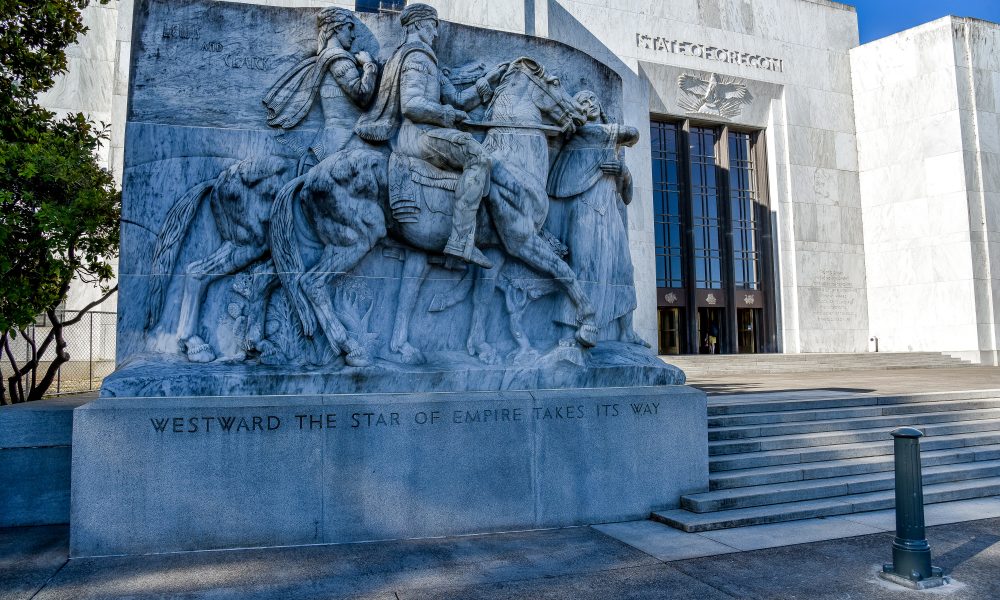
Oregon officials say their participation in a new Census program could win the state $400 million a year and perhaps even a sixth U.S. House seat.
For the first time, the U.S. Census Bureau has asked states to help wrangle addresses from local governments in an effort provide even more complete demographics as part of the 2020 Census.
The Local Update of Census Addresses Operation is how cities, counties and tribes update the Census on addresses created over the course of a decade. Previously, local governments would submit those on their own, but now the Census is asking for state involvement.
In addition to overseeing the project — and being able to prod local government into participating — the state can use its own address databases to give the Census a more complete picture of Oregon.
In Oregon, state participation turned out to be beneficial. The state found 81,600 addresses that the Census didn’t have. Overall, the state has about 2 million addresses.
The state sent that list off to the federal government to be verified. If those addresses stand, that would bring Oregon $408 million in new federal funding each year.
The Census in part estimates population by assuming the average address houses two people. It uses that population estimate to allocate to states the 435 members of the U.S. House of Representatives.
Those additional addresses would add 163,200 people to Oregon’s estimated population, which bolsters Oregon’s chance to get a sixth Congressman and, in turn, give the state an eighth electoral vote in presidential elections.
Cy Smith, the chief information officer for the Oregon Geospatial Enterprise Office, said he jumped at the idea of finding more addresses because not all local governments participate.
“It’s an onerous process — you have to have the resources to do it and most of these folks who didn’t end up doing it don’t have the resources,” he said. “They’re already wearing four hats each. They just can’t make it happen. So it was an opportunity for the state of Oregon.”
The work was largely done by GIS analyst Joshua Tanner, who compared the Census registry to data from the state Employment Department and zoning data. He designed programming to compare them and check for redundancies.
While it was mostly automated, it was still difficult at times.
“There are a lot of strange issues in urban areas of there being residential addresses on top of business locations,” Tanner said.
The Census doesn’t pay for the work, at least not up front. Rather, if states produce more addresses, they will get more federal money down the line.
In Oregon, of the 287 agencies that create addresses, 127 participated in the new effort. Smith said some that opted out could have handled the workload, but the state can’t force them to do so.
Most of the densely populated counties did participate, but Polk, Lincoln and Douglas opted out. The others were less populated areas, like Malheur and Wheeler counties.
Polk County Commissioner Mike Ainsworth said he wasn’t familiar with the project and wasn’t sure why the county didn’t participate.
“I would think if it would be anything, it would be a lack of resources,” he said.
One of the largest increases in addresses came from within Lincoln County. Lincoln City found it had 42 percent more addresses than the Census thought. Pendleton found a 12 percent increase and Hood River a 10 percent increase.
Smith said Oregon’s more rural areas don’t have the technology to complete such a task.
“They open up a big book and they write them down by hand — I like to joke about this, but it’s really not far from the truth — they take their log book over to their mimeograph machine,” he said, laughing. “They put it on there and if they have enough carbon paper, they make a copy. And then they run it through their facsimile machine and send it to the electric company and the phone company and the post office.”
Of the jurisdictions in the state, Smith especially wanted Multnomah to participate, since it is the most populous county. But week after week, he saw it hadn’t reported back to the Census. After repeated prompting Smith secured a six-week extension from the Census Bureau, and Multnomah finished the project.
“Maybe people don’t realize the importance of it, even though it’s pretty clear,” Smith said.
Reporter Aubrey Wieber: [email protected] or 503-575-1251









